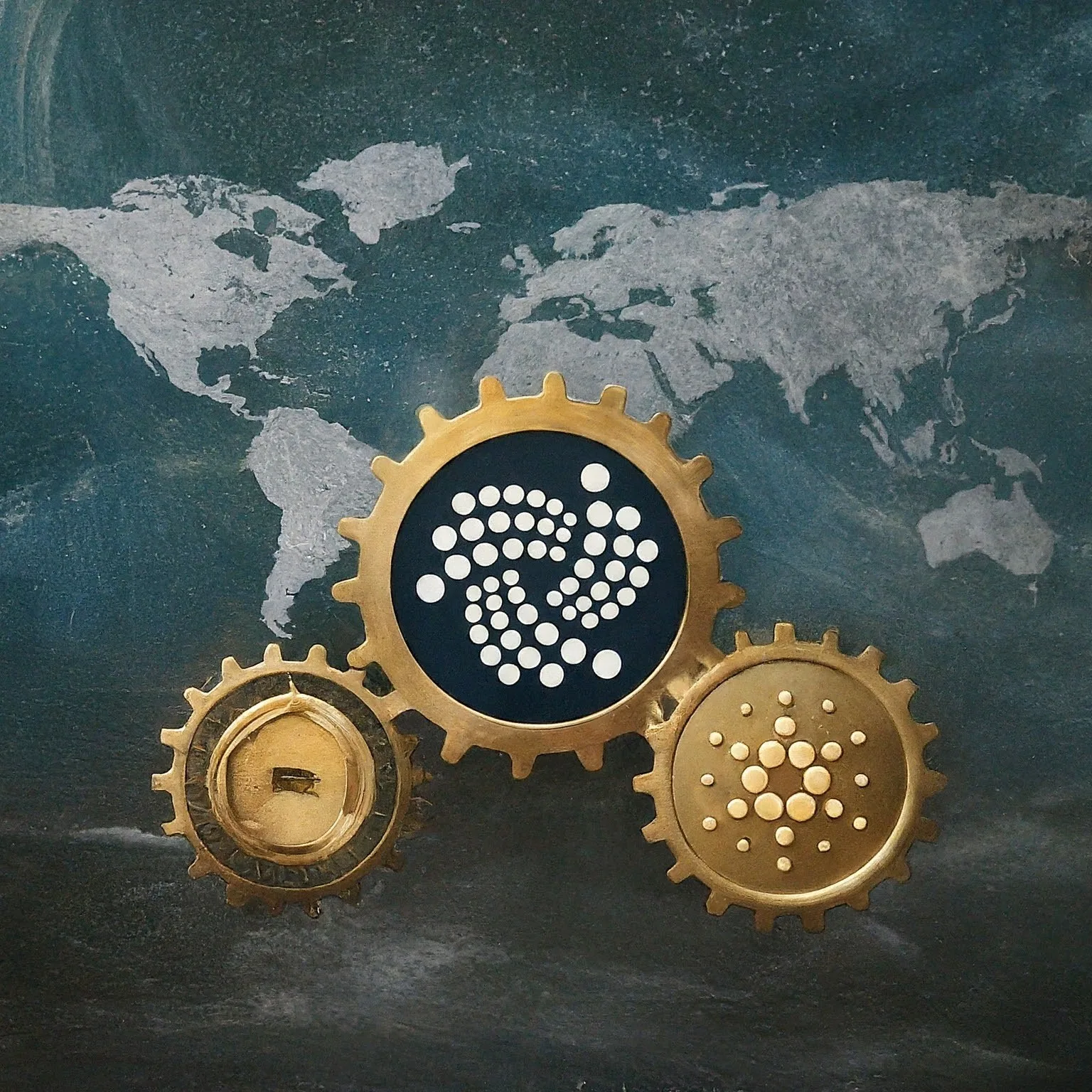
- IOTA’s (IOTA 2.0) EVM integration unlocks a wave of innovation, with promising DeFi projects like Dexynth leveraging the testnet.
- Chainport integration hints at bridging vast liquidity from established protocols to the IOTA ecosystem.
The IOTA network is on the cusp of a significant transformation fueled by two key developments: the recent integration of the Ethereum Virtual Machine (EVM) and the ongoing infrastructure advancements for IOTA 2.0.
EVM Opens Doors for DeFi and Cross-Chain Activity
IOTA’s EVM integration acts as a bridge, enabling seamless collaboration between IOTA and Ethereum-based applications. This fosters greater interoperability and unlocks a treasure trove of tools and libraries from the Ethereum ecosystem for developers building on IOTA.
One such project taking advantage of this integration is Dexynth, a burgeoning DeFi marketplace. Dexynth has already deployed its smart contracts on the IOTA EVM testnet, showcasing its commitment to the platform. This signifies a significant step forward for the project and hints at the potential for a robust DeFi landscape on IOTA.
Another intriguing development is the impending integration of Chainport. Analysis of Chainport’s staging network reveals its capability to bridge assets between the IOTA testnet and other blockchains. The presence of the Chainport token on the IOTA EVM test net further bolsters this claim.
The involvement of Stargate Finance, a prominent LayerZero Labs protocol, adds another layer of intrigue. The combined total value locked (TVL) of Chainport and Stargate Finance surpasses $320 million, suggesting a potential influx of significant liquidity into the IOTA ecosystem, particularly the Real-World Asset (RWA) market.
These developments paint a promising picture for IOTA’s EVM integration. By enabling novel functionalities and fostering a vibrant developer landscape, IOTA is poised to attract a wider audience and establish itself as a major player in the decentralized application space.
IOTA 2.0 Paves the Way for Enhanced Security and Scalability
In parallel with the EVM integration, IOTA is making substantial progress on the infrastructure front for IOTA 2.0. The recent launch of the IOTA 2.0 testnet signifies a critical milestone in this ongoing effort. This initiative represents a multi-year strategy to transition from the traditional Proof of Work (PoW) consensus mechanism to a more decentralized and scalable Proof of Stake (PoS) model. The primary goals of IOTA 2.0 are to bolster network security and accommodate future growth.
By implementing these advancements, IOTA is laying the groundwork for a future-proof network capable of supporting a wider range of applications and fostering a more robust and secure ecosystem.






